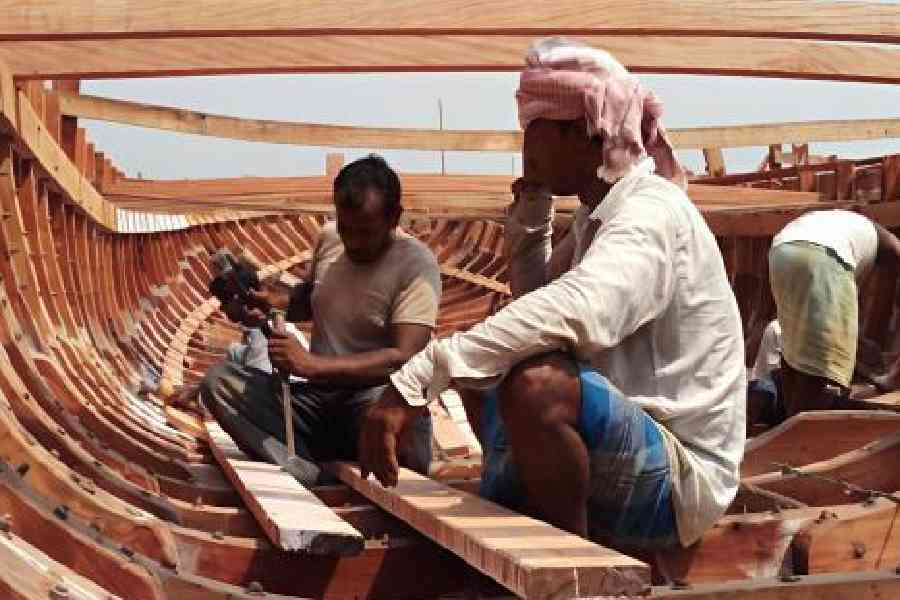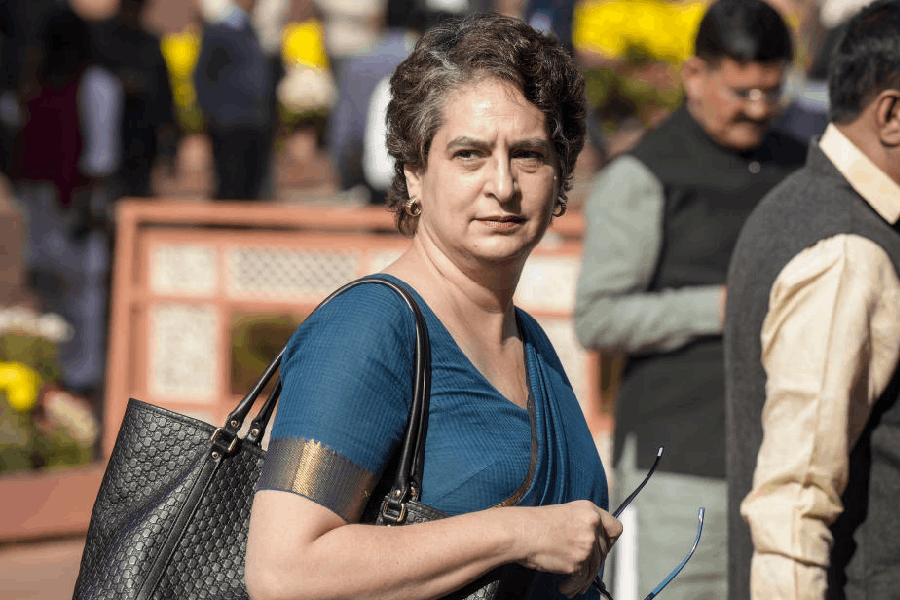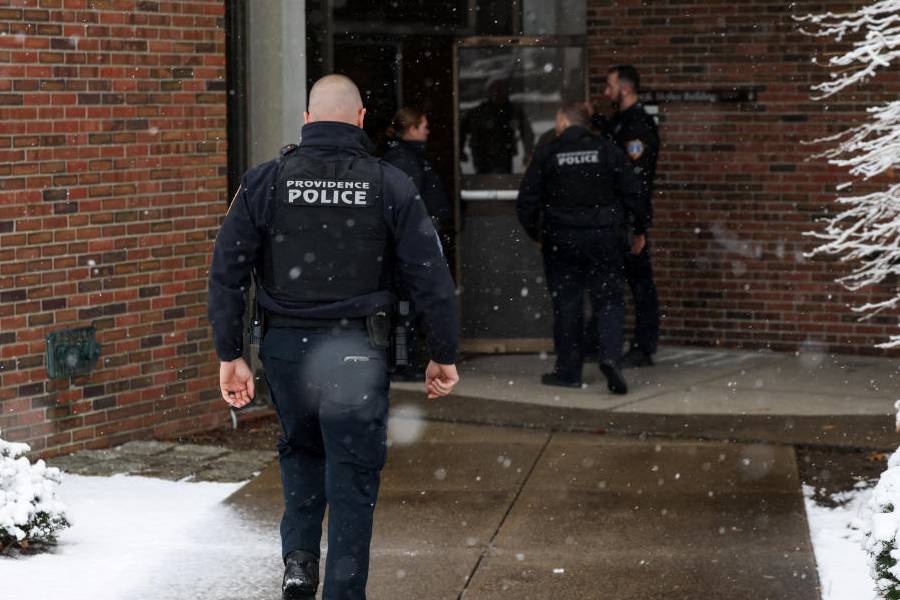Riverside hamlets of Balagarh in Hooghly have long reverberated with the sound of chisels and hammers shaping timber into country boats that once dominated the waterways of undivided eastern India.
Rooted in tradition and skilled craftsmanship, this age-old industry now stands at a critical crossroads. As efforts intensify to secure a geographical indication (GI) tag for the boats, hopes float for a revival of Balagarh’s boat-making legacy that can steer it toward newer markets and recognition.
The legacy
The Balagarh wooden boat-making industry is believed to be over 600 years old, entrenched in Bengal’s cultural and commercial heritage. According to researchers and historians, the craft finds mention in the writings of Mughal chronicler Abul Fazl (1551–1602) and the devotional literature of the Mangal-Kavya (between the 13th and 18th centuries).
In the 17th century, even Portuguese bandits purportedly used Balagarh-made boats, then a mainstay of riverine transport in and around the bustling Saptagram port.
Sripur-Balagarh, the boat-making hub, was surrounded by at least four rivers: the Bhagirathi, the Saraswati, the Behula and the Kana.
Partha Chattopadhyay, researcher and teacher at the Balagarh Bijoy Krishna Mahavidyalaya, said that as boats were the only mode of transport and fishing was the main occupation, the boating industry evolved out of necessity.
Craft and crisis
At the heart of this traditional industry lies the dinghy — a small, spoon-shaped vessel crafted using the rare jor-badha or heat-bending wooden joinery method. For over five centuries, artisans from Sripur village on the banks of the Hooghly have sustained this tradition, carving dinghies from seasoned timber using techniques passed down through generations.
Once home to over 75 active workshops, Balagarh’s boat industry now has just about 40 small units, barely supporting 150-odd families. Local sources say that even in the early 2000s, around 500 families were involved in the industry.
The past two decades — with a convergence of socioeconomic and technological changes — have seen a sharp decline in the wooden boat trade.
“The decline cannot be attributed to no singular reason,” said Chattopadhyay. “The once-thriving industry has suffered because of competition from mechanised boats, trawlers and declining demand for wooden country boats. Rapid urbanisation, including the construction of roads and bridges, has further reduced the need for riverine transport.”
New transport modes
As the road network expanded across rural Bengal, faster motorised boats replaced traditional vessels. Once favoured by fishermen for deep-sea voyages, the dinghy lost ground to steel-hulled, engine-powered vessels with advanced navigation and communication systems, added Chattopadhyay.
Traditional boats are now mostly limited to local fishing communities and occasional use at unscheduled ferry ghats.
The growing use of small trawlers in passenger services has worsened the crisis.
“The younger generations are not interested in boat-making,” said Nepal Barik, an elderly craftsman in Balagarh. “The work is hard, the income is poor and sales are low. Today, our buyers are mostly poor fishermen.”
Profession shift
The gradual disappearance of the traditional “dingi nouka (small boats)” of Balagarh cannot be attributed solely to the rise of mechanised boats.
A significant factor was the growing reluctance among a large section of rural boatmen to continue the trade. The advent of small mechanised boats, colloquially known as “bhutbhuti”, brought major changes to riverine transport. As faster boats replaced country boats, the traditional occupation of boatmen was undermined. Many were eventually compelled to seek alternative means of livelihood.
Researcher Chattopadhyay observed: “Boatmen or local businessmen with stronger economic standing began using mechanised boats for daily activities, displacing the traditional boatmen and triggering a crisis of employment. Passengers, too, began to prefer the speed and convenience of mechanised boats.”
The ferry fare — stagnant at a meagre ₹1 in many areas for years —made it economically unsustainable for the traditional boatmen.
GI tag hope
In December 2022, efforts began to secure a GI tag for Balagarh boats. Led by intellectual property rights expert Pinaki Ghosh and supported by Chattopadhyay, research teams documented oral histories, traditional songs, proverbs and the unique construction techniques of Balagarh’s boat-making heritage.
By July 2023, a formal GI application was submitted by the Balagarh Boat Industrial Cooperative Society. The application is currently at the “under-examination” stage, a key step toward eventual certification.
In June, the industry reached another major milestone: the central patent office issued initial trademark registration certificates to the owners of 19 boat factories in Balagarh. This has allowed the craftsmen to officially brand their products, offering a measure of identity and protection in the marketplace.
“This is recognition for us,” said Balagarh Boat Association secretary Utpal Barik.
“Government agencies are now showing interest and have started placing orders for small boats,” he added.
While the trademark registration does not guarantee overnight transformation, it has opened new doors for the struggling industry. Researchers from the West Bengal National University of Juridical Sciences played a key role in the GI process by submitting five detailed papers tracing the craft’s historic and cultural lineage.
Artisans are now hopeful that the GI tag, once granted, will safeguard their work from imitation, improve their access to markets and attract state and Union government support.
Better tomorrow
Already, the trademark recognition has begun to yield practical benefits. Amid the recent floods in Bengal and Assam, orders for traditional boats surged, providing a much-needed financial lifeline to the boat makers. The authenticity ensured by the trademark has encouraged agencies to procure boats directly from certified artisans.
With the anticipated GI tag, the boat-makers are expected to benefit from central schemes such as PM Vishwakarma, launched by the Union MSME ministry, which offers comprehensive support to traditional artisans including training, financial aid, marketing assistance and digital empowerment.
“The GI tag will enhance our market value and protect our legacy,” said Barik. “We’ve struggled for this for years. We are beginning to see the light of day.”
The GI tag, once approved, will grant Balagarh boats legal protection from unauthorised imitation while promoting their cultural and commercial identity. It will also open the door to premium pricing, wider markets and global recognition. Most importantly, it might offer economic uplift for artisans currently surviving on daily wages as low as ₹200–300.











